Sand and gravel mixture m3 in tons. Density of ASG and its application in the construction industry
What do we want to learn today? How much does 1 cubic meter of ASG OPGS weigh, the weight of 1 m3 of ASG OPGS? No problem, you can find out the number of kilograms or the number of tons at once, the mass (weight of one cubic meter, weight of one cube, weight of one cubic meter, weight of 1 m3) is indicated in Table 1. If anyone is interested, you can skim the small text below and read some explanations. How is the amount of substance, material, liquid or gas we need measured? Except for those cases when it is possible to reduce the calculation of the required quantity to the counting of goods, products, elements in pieces (piece counting), it is easiest for us to determine the required quantity based on volume and weight (mass). In everyday life, the most common unit of volume measurement for us is 1 liter. However, the number of liters suitable for household calculations is not always an appropriate way to determine the volume for business activities. In addition, liters in our country have not become a generally accepted “production” and trade unit for measuring volume. One cubic meter, or in its abbreviated version - one cube, turned out to be a fairly convenient and popular unit of volume for practical use. We are accustomed to measuring almost all substances, liquids, materials and even gases in cubic meters. It's really convenient. After all, their costs, prices, rates, consumption rates, tariffs, supply contracts are almost always tied to cubic meters (cubes), and much less often to liters. No less important for practical activities is knowledge of not only the volume, but also the weight (mass) of the substance occupying this volume: in in this case we are talking about how much 1 cube weighs (1 cubic meter, 1 cubic meter, 1 m3). Knowing mass and volume gives us a fairly complete idea of quantity. Site visitors, when asking how much 1 cube weighs, often indicate specific units of mass in which they would like to know the answer to the question. As we noticed, most often they want to know the weight of 1 cube (1 cubic meter, 1 cubic meter, 1 m3) in kilograms (kg) or tons (t). Essentially, you need kg/m3 or t/m3. These are closely related units that define quantity. In principle, a fairly simple independent conversion of weight (mass) from tons to kilograms and vice versa is possible: from kilograms to tons. However, as practice has shown, for most site visitors a more convenient option would be find out immediately how many kilograms 1 cubic meter (1 m3) of ASG OPGS weighs or how many tons 1 cubic meter (1 m3) of ASG OPGS weighs, without converting kilograms into tons or vice versa - the number of tons into kilograms per cubic meter (one cubic meter, one cubic meter, one m3). Therefore, in Table 1 we indicated how much 1 cubic meter (1 cubic meter, 1 cubic meter) weighs in kilograms (kg) and tons (t). Choose the table column that you need yourself. By the way, when we ask how much 1 cubic meter (1 m3) weighs, we mean the number of kilograms or the number of tons. However, from a physical point of view, we are interested in density or specific gravity. The mass of a unit volume or the amount of substance contained in a unit volume is bulk density or specific gravity. In this case, the bulk density and specific gravity of ASG is OPGS. Density and specific gravity in physics are usually measured not in kg/m3 or tons/m3, but in grams per cubic centimeter: g/cm3. Therefore, in Table 1, specific gravity and density (synonyms) are indicated in grams per cubic centimeter (g/cm3)
Summary
In this section of our construction site we will talk about how many tons in a cubic meter contains each of the proposed types of construction equipment.
But first, we note that these are approximate figures. In some cases, the weight of the material depends on the fraction, type, humidity and other natural factors.
How many tons in a cube?
Speaking about ASG, it can be noted that its weight is equal to its bulk density. Builders also equate the density of ASG and sand contained in a sand-gravel mixture.
It is important to know that if the ASG contains expanded clay, the density will be 10-15% less than usual. On average, when asked how many tons in a cube of this material we can answer that no more than 1.55 t/m3.
Let us also add that its density does not differ much from the weight of the OPGS. Therefore, the indicated weight is also valid for him.
How many tons in a cube?
Speaking about sand, it is important to note that the density of this rock in turn depends on the grain size, humidity (as with other materials) and foreign impurities, such as clay, for example.
Also, its weight is affected by the minerals contained in the sand. Its average density is 1.3-1.8 t/m3.
According to GOST (GOST 8736-77), the construction type of this rock contains 1600 kg in each cubic meter.
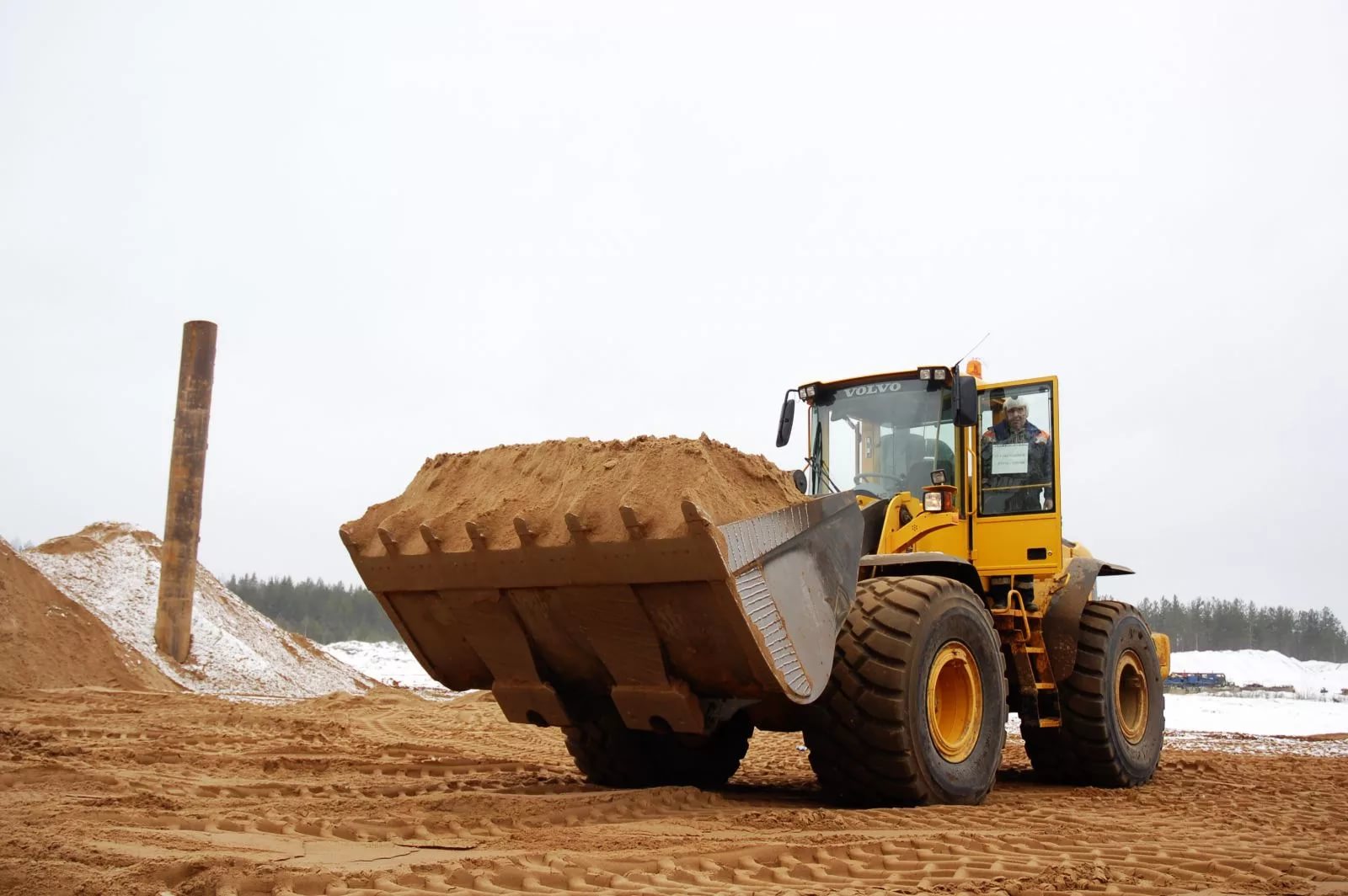
How many tons in a cube?
It is a light type, but its weight also varies depending on the grain size - that is, on the fraction. It is worth noting that the smaller the size, the heavier the mass will be and vice versa, the larger the grain, the lighter it is. The brand of construction equipment also depends on the faction.
It is assigned to this material when it is in a dry state. For example, grade 400 indicates that a cubic meter of expanded clay contains 400 kg. The determining factor in the weight of this material is the quality of the manufacturer’s technology. So, for an average size - 10-20 mm, the weight is 300 - 500 kg per cubic meter.
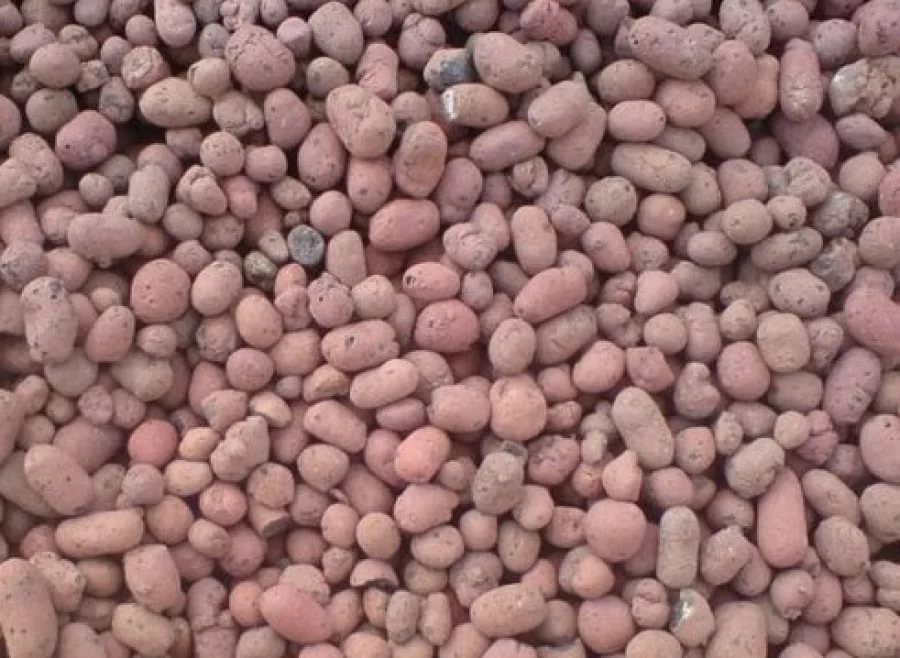
How many tons in a cube?
You have probably already learned in other sections of our website that crushed stone comes in different origins. What all has in common is that its weight depends on the fraction and humidity.
On average, the figures range from 2 to 2.5 tons per cubic meter. But such measurements are taken under different humidity conditions. We inform you how many tons in a cube material under conditions of minimal humidity to be more precise.
Crushed granite contains 1.37 tons per m3. As a rule, these are fractions such as 5-20, 20-40 and 40-70. Crushed gravel contains 1.3 tons per m3 (5 -20). Crushed limestone has the same weight - 1.3 tons per m3 (2-40).
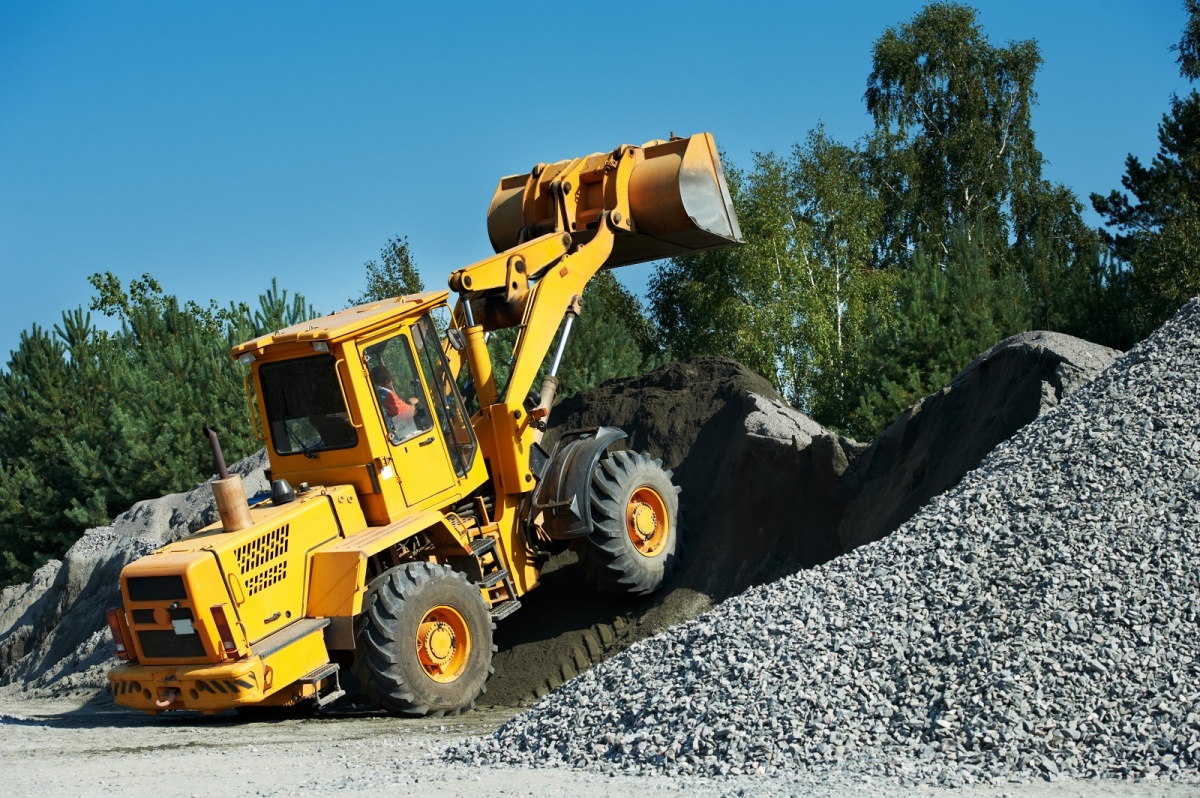
How many tons in a cube - Concrete
Concrete contains slightly different numbers. In general, to the question, how many tons in a cube of concrete difficult to answer because it is very diverse!
We will try to adhere to the established standards for construction type. According to GOST 25192-82, there are several types of concrete with different weights.
Heavy type medium density
should have 2.2-2.5 tons/m3.
Fine grain medium density type– 1.8 tons per m3.
There is also light, dense or porous in structure, its weight will fluctuate between 0.8-1.8 tons per m3.
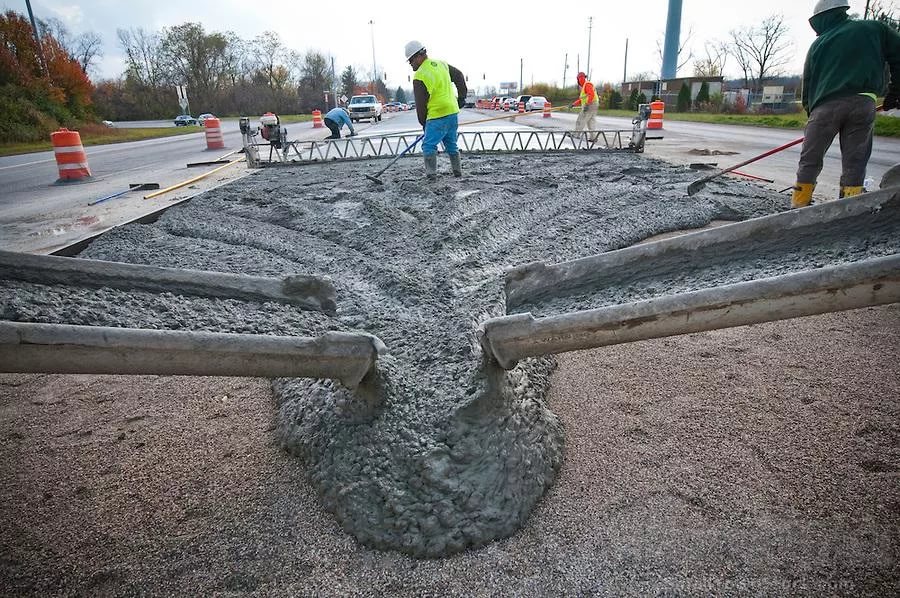
By calling our numbers, you can find out not only how many tons are in a cube, but also get a clear answer to all your questions on the topic of pgs, opgs. We look forward to your calls every day.
ASG (aka sand- gravel mixture) is a widely used building material used to make concrete mix. Considering the demand for concrete as the main building material, one can imagine the amount of ASG produced. The composition is mixed sand and gravel with large stones. GOST 23735-79 specifies that the percentage of gravel grains larger than five millimeters in size should vary from ten to ninety-five percent.
There are natural ASG, which is sold in the same form as mined, and enriched (OPGS) - containing about seventy percent gravel and only thirty percent sand. OPGS is more wear-resistant and is used in road construction.
An important parameter is ASG density. This concept refers to the ratio of the mass of a material to the volume it occupies. That is, one cubic meter of the mixture (when sold it is usually considered cubic meters) may contain different amounts of gravel. It is always worth checking when purchasing either the density of the product or its weight.
Initially, we are dealing with the so-called bulk density that the material has in its natural state. Its average value is taken as one and six tenths grams per cubic centimeter. The sand particles and stones are not completely adjacent to each other, and there is sufficient space between them. There is a noticeable discrepancy in the volume of the truck. When compacted, the volume decreases and the density increases noticeably.
Effectively ASG density can be increased using special equipment by compaction. Also, this indicator can be significantly affected by humidity.
Application
is an inexpensive building material that does not require any special conditions of transportation and storage, is environmentally friendly and easy to use.
It is a complex ingredient of concrete along with water and cement. ASG density important in the manufacture of concrete mixtures in order to accurately maintain proportions and obtain the final material of a certain grade. When it comes to large volumes of concrete, it is always worth checking the density first (this does not take much time and is not a complicated process) and adjusting for it.
Other use of PGS– road construction and leveling of large sites. This material perfectly holds the shape of its layer and has drainage functions: water does not accumulate on its surface, but easily passes through. Sand and gravel mixtures are used to make substrates for asphalt roads and house foundations.
Pricing
The formation of the final cost of ASG is influenced by the following factors:
- Density. The higher it is, the higher the cost. Conversion tables from tons to cubic meters depending on density can be found freely available on the Internet. Also, high density can be initially specified to simplify transportation.
- The ratio of sand and . The second ingredient is noticeably more expensive. The highest cost is for enriched ASG.
- Quality of components. The sand must be washed to remove clay particles and dried, and the gravel must have a certain structure and size of stones.
- A delivery method that eliminates contamination of the material and the ingress of water into it.
- Batch size.
The optimal supplier is an enterprise that provides a full range of services and has its own production of components. This allows you to control the cost and quality of products.
As you know, there is no smoke without fire. Likewise, the construction process cannot happen without building materials. The AltaSnab LLC company provides non-metallic materials with a wide spectrum of action. They can be used for different purposes. In the first case, this is an independent type of building materials, which are used either for making foundations for buildings and structures or as ballast for railways and roads. In another case, bulk non-metallic materials act as a filler for concrete, mortars and other mixtures.
We offer materials with delivery throughout Perm at the following prices:
|
Name |
Bulk density t/m3 |
Material strength |
Price including VAT (18%) rub. |
|
Crushed granite |
|||
|
Fraction 5-20 |
1,69 |
1200 |
|
|
Fraction 10-40 |
1,67 |
1200 |
|
|
Fraction 20-40 |
1,52 |
1400 |
|
|
Fraction 40-70 |
1,54 |
1400 |
|
|
Fraction 5-20 |
1,42 |
1000 |
|
|
Fraction 20-40 |
1,45 |
1000 |
|
|
Fraction 40-70 |
1,42 |
1000 |
|
|
Fraction 0-10 (elimination) |
|||
|
Fraction 20-40 |
1,26 |
||
|
Fraction 40-70 |
1,45 |
1000 |
|
|
Other materials |
|||
|
PGS |
200-255 |
||
|
Gravel 5-20 |
1,58 |
||
|
Fine river sand |
|||
|
Medium river sand |
|||
|
Peat |
|||
When ordering from 500 tons, discounts of up to 10% are possible, and for regular customers - deferred payments !
This is interesting to know!
Bulk non-metallic materials can be distinguished by certain characteristics: by density, by grain size, by shape, by origin. Based on their density, non-metallic materials are divided into dense (density more than 2 g/cm3) - sand, crushed stone, and porous (density less than 2 g/cm3) - expanded clay, etc. Based on their origin, they can be natural, artificial, or from industrial waste. The shape of grains among bulk non-metallic materials can be different: if it is round, then it is probably gravel or natural sand. And if it’s angular, then most likely it’s crushed sand or crushed stone. The AltaSnab LLC company is engaged in the sale of bulk non-metallic materials, such as construction sand, crushed stone, gravel, sand and gravel mixture (SGM).
PGS– sand and gravel mixture. Indispensable for road construction, foundation filling and other construction purposes. Pourable density 1.6 (gravel grain content up to 25%).
PGS- pourable density 1.7 (gravel grain content no less than 60%)
River sand- Can be used to prepare mortar for brick laying.
Sand- Plays a significant role in production various types concrete and asphalt, as well as to reduce ice on winter roads.
Gravel- Used for concrete, as well as in special cases of construction.
Gravel(fractions 20-200) - used for road construction.
Crushed gravel- used in the manufacture of concrete.
Crushed granite- used for the production of concrete and jointing in road construction.
Sand rocks today are the main material used in the construction of buildings for various purposes. It is not surprising that many are interested in the question of how much a cube of sand weighs, because it is a fundamental component of concrete, without which not a single building or house can do.
Why is it so important to know the quantitative characteristics of a material?
If you are the owner of a private home, you have probably encountered the need to calculate volumetric weight bulk materials. The question of how much a cube of bulk mixture costs with delivery is especially important for those who are planning independent construction and need bulk purchases of raw materials. How many kg of sand per cube is a guideline for determining the proportions of the concrete mixture. It is of great importance to obtain accurate data so as not to disrupt construction technology. Otherwise, you may encounter a number of difficulties, for example:
- recipe for preparing a mixture of building materials will be violated;
- the finished solution will not have the same consistency as required by the technology, which is why it will lose its adhesive properties;
- the concrete will turn out bad, the duration of its hardening will increase.
Having information about how many cubes are in a ton of sand, as well as the weight of the material, you can be confident in the strength of concrete. Under no circumstances will it collapse before the end of its service life.
Interesting! The described indicator in construction is called specific gravity. This measure ranges from 1500-2800 kg/m3.
Factors influencing the value of how much 1 cube of sand weighs include:
- components of homogeneous chemical composition natural bodies;
- structure, dimensions of fractions;
- air humidity indicators;
- % compaction, presence/absence of additional elements.
Material characteristics in detail
The capacity of one ton depends on a number of features, one of the main ones being the ratio of body weight to the volume it occupies. The level is determined by the presence of air gaps. For example, bulk density expressed by the ratio of specific gravity and volume occupied by the material. Moreover, not only solid particles are taken into account, but also pores and voids. True density is the maximum indicator of the ratio of specific gravity and volume minus voids and pores.
Important! The density of river sand is 1.3, quarry sand is 1.4 t/m3.
How many kilograms of sand in a cube also depends on the size of its fractions. To understand this, it is sifted through a (special) sieve. If done correctly, you can estimate the “concentration” of gravel particles of specific sizes. A “bulk” of 1.5-2 millimeters is considered small, medium 2-2.5, and coarse more than 2.5 mm. Taking this indicator into account, sand can be divided into classes. The cost of sand in the Moscow region depends on this.
Types of construction sand
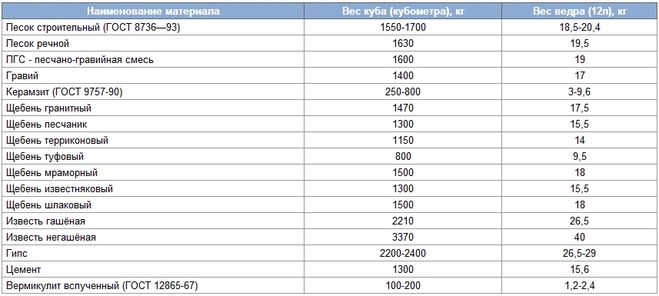
An important characteristic is the type of bulk mixture, this determines how many kg 1 cubic meter of sand is valued at. The same applies to storage conditions, namely temperature and humidity levels. The standard weight of construction bulk material is 1550-1700 kg/m3 (in a bucket 18.5-20.4 kg). If we take dry grains of quartz, then its specific gravity is 1440 kg/m3; to find out the current figure for 10 cubic meters, you need 1440*10. When compacted, a ton weighs 1680 kg, and when wet it weighs 1920 kg.
| Name of material | Weight of cube (cubic meter), kg | Bucket weight (12l), kg |
| Construction sand (GOST 8736-93) | 1550 — 1700 | 18,5 — 20,4 |
| River sand | 1630 | 19,5 |
| PGS - sand and gravel mixture | 1600 | 19 |
| Gravel | 1400 | 17 |
| Expanded clay (GOST 9757-90) | 250-800 | 3 — 9,6 |
| Crushed granite | 1470 | 17,5 |
| Crushed sandstone | 1300 | 15,5 |
| Crushed waste heap | 1150 | 14 |
| Crushed tuff stone | 800 | 9,5 |
| Crushed marble | 1500 | 18 |
| Crushed limestone | 1300 | 15,5 |
| Crushed slag stone | 1500 | 18 |
| Slaked lime | 2210 | 26,5 |
| Quicklime | 3370 | 40 |
| Gypsum | 2200 — 2400 | 26,5 — 29 |
| Cement | 1300 | 15,6 |
| Expanded vermiculite (GOST 12865-67 | 100 — 200 | 1,2 — 2,4 |
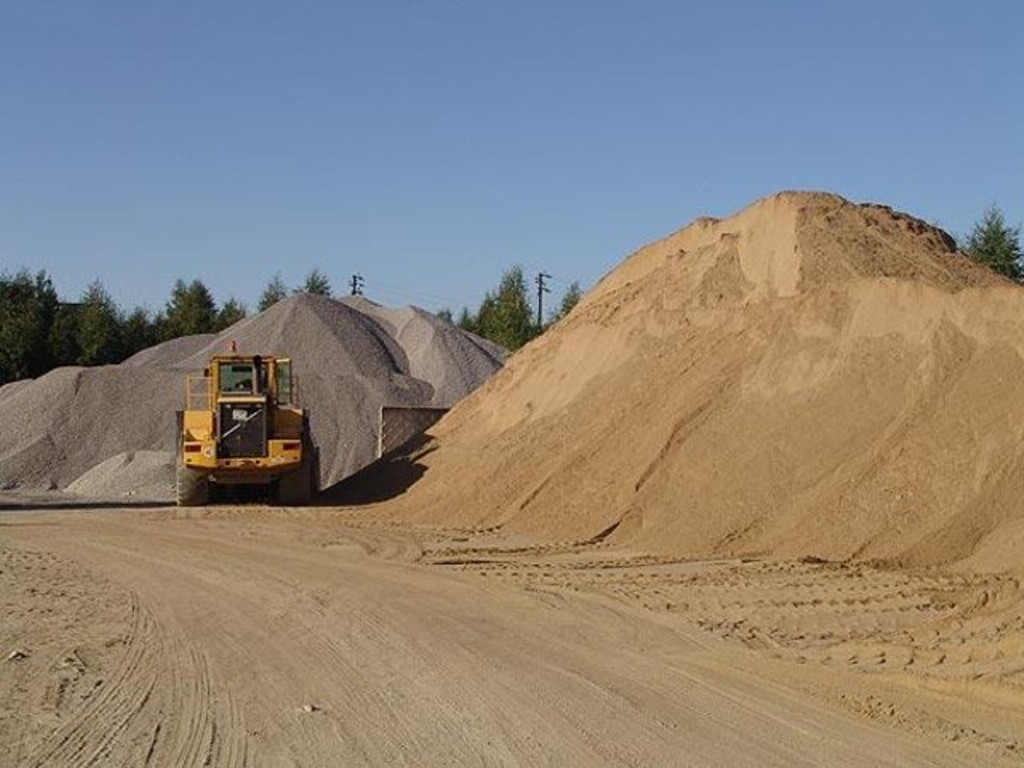
To obtain accurate data, it would be useful to use a special table that indicates data for different types.
| River | It is mined on the river bottom and is characterized by its purity and gray tint. The dimensions of individual elements range from 0.3-0.5 mm. More often used for preparing special mixtures and solutions. Drainage systems are often organized with its use. Specific gravity is 1630 kg/m3 |
| Career | an open mining method is used, the fraction can reach 3.2 mm, it is used for foundation work and repair of sidewalk paths. Often, quarry “bulk” after sifting is used for finishing/plastering work. HC = 1500 kg/m3 |
| Nautical | as the name implies, it is mined at the bottom of the sea. Despite the high cost, it is used in many areas. Specific gravity is 1620 kg per m3 |
Body filling capacity
Many buyers are interested in how many cubic meters of sand are in a KAMAZ dump truck for the reason that this measure is a generally accepted value. On average, the body holds 12 cubic meters of bulk material. If we talk about ZIL, then the capacity indicator here is much less, equal to 3 m3. If you plan to do it yourself construction work, it would be useful to know how much sand and cement solution is in a cube. It all depends on its brand; a formula is used for calculation.
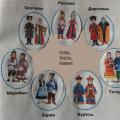 Nature calendars series “The world around us”
Nature calendars series “The world around us”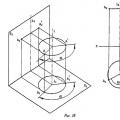 Methods for converting a complex drawing Method for replacing projection planes
Methods for converting a complex drawing Method for replacing projection planes Why do you dream about a closet - interpretation of sleep
Why do you dream about a closet - interpretation of sleep